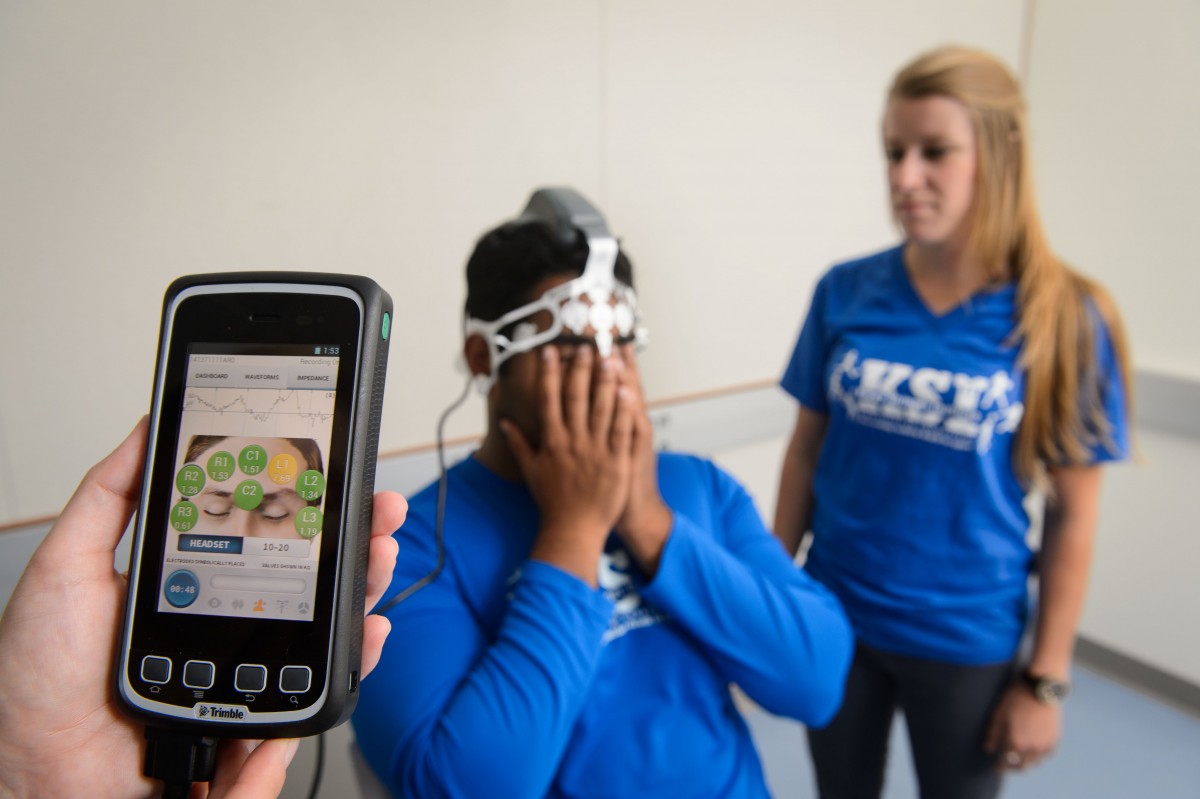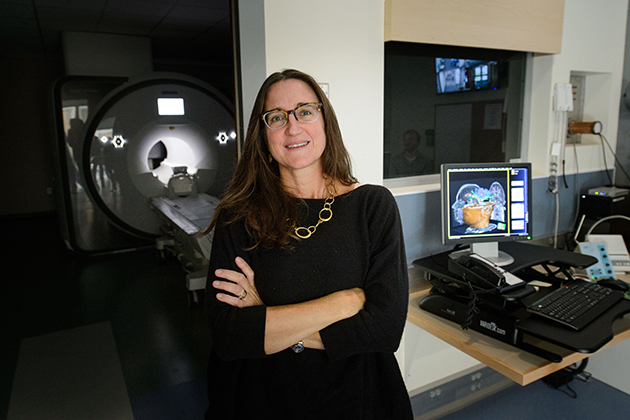
Heather Read, an associate professor of psychological sciences and biomedical engineering at UConn, and undergraduate April Garbuz are working on a project concerned with how the brain’s auditory circuits react to different vocal tones, shapes, pitches, and rhythms – what people use to distinguish between laughing and crying. Successfully mapping out these areas on the brain may allow for therapies or computerized devices to help with differentiation in those who can’t do it for themselves.
Read works with co-PI Monty Escabi, associate professor of electrical and computer engineering, and notes that “It takes all kinds of scientists to do these kinds of studies, it makes for a really cool environment not just for research, but for our students to learn.”
Psychology department head Jim Green agrees, saying that this successful collaboration of faculty from different programs shows how building multidisciplinary studies leads to stronger research programs.
“Complex problems often cannot be solved by a single investigator, and brain science is a truly multidisciplinary effort,” Green says. “UConn’s current brain studies have faculty from at least seven different departments, in four colleges, working together. It’s incredibly exciting.”


